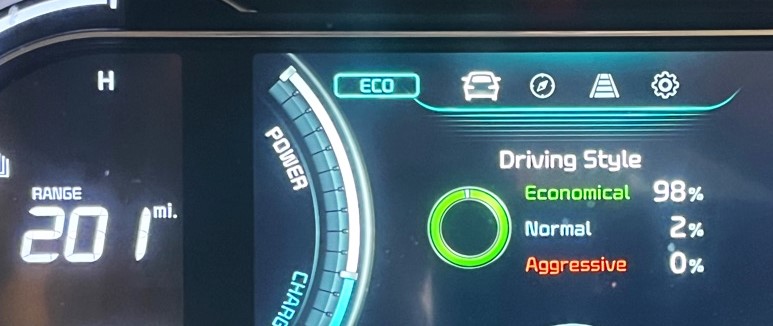Doubling Down on Climate Progress
The Benefits of a Stronger Regional Greenhouse Gas Initiative
The Regional Greenhouse Gas Initiative (RGGI) is the nation’s first multi-state climate policy to cut dangerous carbon dioxide pollution from power plants and generate revenue to fund clean energy programs. Doubling Down on Climate Progress finds that, as good as the program is, we can make it better. Doubling the strength of RGGI would result in big benefits: fewer emissions, improved air quality and more funding for renewable energy projects.
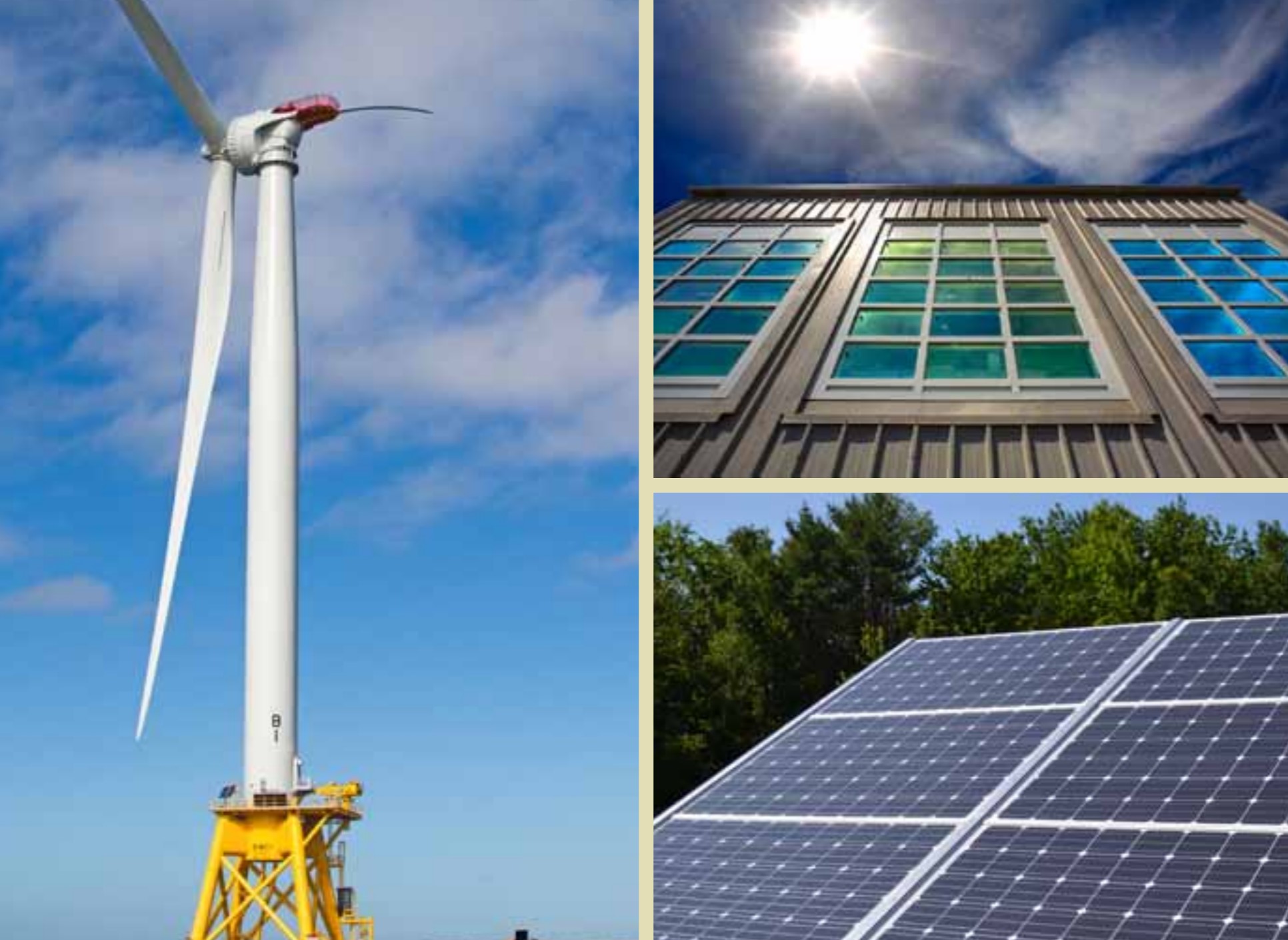
Downloads
To tackle the climate crisis, we need to quickly shift away from dirty fossil fuels and towards 100 percent renewable energy. The Northeast and Mid-Atlantic states are leading the way with the best regional clean air and climate protection program in the country: the Regional Greenhouse Gas Initiative. Since 2009, this program has helped cut dangerous pollution from power plants while generating billions in funding for clean energy programs, delivering major benefits.
As good as this program is, we can make it even better. Doubling its strength in the coming decade would cut more pollution, bring healthier air for our families, and show the rest of the country and the world that our region is committed to doing what it will take to address global warming.
The Regional Greenhouse Gas Initiative is delivering major benefits for Northeast and Mid-Atlantic states. So far, in the participating states, the program has:
- Helped to cut carbon dioxide pollution from power plants in half since 2005 (the year the policy was finalized), the equivalent of retiring 22 dirty coal-fired power plants.[1]
- Helped to clean our air – saving 600 lives over six years, preventing 9,000 asthma attacks, and averting respiratory illnesses that otherwise would have caused 43,000 lost work days.[2]
- Generated $2.6 billion for states to invest in clean energy, energy efficiency and consumer benefit programs, driving more local clean energy projects and strengthening communities across the region.[3]
- Helped to reduce electricity consumption by 5 percent since 2005- even as the regional population grew by 7 percent, and the economy grew by 10 percent.[4]
- Given a boost to clean energy, helping to increase solar power generation by more than 75 percent since 2012 and helping to more than double wind power since 2008.[5]
- Locked in more than $4.6 billion in savings on energy bills for citizens and businesses over time –an incredible return of $3.50 in energy bill savings for every dollar spent on clean energy.[6]
- Boosted the regional economy by almost $3 billion and created more than 30,000 jobs.[7]
As good as the Regional Greenhouse Gas Initiative is, we can make it even better. Doubling the strength of the program beginning in 2020 would:
- Cut carbon dioxide pollution in half below current levels by 2030. We could prevent twice as much pollution as compared to keeping the program on its current trajectory of carbon emissions. Over a decade, that would add up to an additional 100 million tons of pollution avoided – or the equivalent of making more than 1 million homes run entirely on solar power.[8]
- Invest almost twice as much in clean energy over the decade from 2020 to 2030– enough to weatherize more than 7 million homes, or almost every household in New York state.[9] In total, this report estimates that doubling the strength of the cap on pollution would generate on the order of $18.7 billion over ten years – compared to $9.7 billion in revenues if the states keep the program at its current strength.
- Help states achieve climate goals. A comprehensive analysis by Synapse Energy Economics showed that doubling the strength of the Regional Greenhouse Gas Initiative is part of the most cost-effective pathway to achieving our 2030 goals for slashing global warming pollution across our entire economy.
States should double the strength of the Regional Greenhouse Gas Initiative to accelerate our progress in the fight against global warming, and magnify the important benefits that come from reducing pollution. Additionally, states should act to close loopholes that could undermine the effectiveness of the program. Finally, additional states should join the program to accelerate progress in cleaning up dangerous pollution from power plants and fighting climate change.
[1] Regional Greenhouse Gas Initiative, Inc., CO2 Allowance Tracking System (RGGI-COATS), accessed at rggi-coats. org/eats/rgg/i, 6 February 2017; Environmental Protection Agency, Greenhouse Gas Equivalencies Calculator, accessed 31 January 2017, available at: https://www.epa.gov/energy/greenhouse-gas-equivalencies-calculator.
[2] Abt Associates, Analysis of the Public Health Impacts of the Regional Greenhouse Gas Initiative, 2009-2014, January 2017, archived at https://web.archive.org/web/20170313222319/http://www.abtassociates.com/….
[3] Regional Greenhouse Gas Initiative Inc., The Investment of RGGI Proceeds through 2014, September 2016, archived at https://web.archive.org/web/20170313222416/https://www.rggi.org/docs/Pro….
[4] U.S. Department of Energy, Energy Information Administration, “Retail sales of electricity to ultimate customers,” Electric Power Annual, 21 November 2016; U.S. Census Bureau, American Community Survey and Population Estimates Program, accessed at www.census.gov on 1 March 2017; U.S. Bureau of Economic Analysis, Real GDP by State, downloaded from https://www.bea.gov/iTable/index_regional.cfm on 1 March 2017.
[5] Solar growth: Gideon Weissman, Frontier Group, and Bret Fanshaw and Rob Sargent, Environment America Research and Policy Center, Lighting the Way 4: The Top States that Helped Drive America’s Solar Boom in 2015, July 2016. Wind growth: Department of Energy, Energy Efficiency and Renewable Energy, Installed Wind Capacity, accessed 2 February 2017, archived at https://web.archive.org/web/20170313222729/http://apps2.eere.energy.gov/….
[6] See note 3.
[7] Paul Hibbard et al., Analysis Group, The Economic Impacts of the Regional Greenhouse Gas Initiative on Ten Northeast and Mid-Atlantic States: Review of the Use of RGGI Auction Proceeds from the First Three-Year Compliance Period, 15 November 2011, archived at: https://web.archive.org/web/20170313223228/http://www.analysisgroup.com/… ; Paul Hibbard et al., Analysis Group, The Economic Impacts of the Regional Greenhouse Gas Initiative on Nine Northeast and Mid-Atlantic States: Review of RGGI’s Second Three-Year Compliance Period, 14 July 2015, archived at https://web.archive.org/web/20170313223308/http://www.analysisgroup.com/….
[8] See Methodology; Number of homes figure calculated using Environmental Protection Agency’s Greenhouse Gas Equivalencies Calculator, accessed 27 February 2017, available at: https://www.epa.gov/energy/greenhouse-gas-equivalencies-calculator.
[9] See Methodology; For home weatherization number: This comparison is based on a retrospective analysis performed by Oak Ridge National Laboratory of the national Weatherization Assistance Program. (U.S. Department of Energy, Office of Energy Efficiency and Renewable Energy, Weatherization Assistance Program: National Evaluations: Summary of Results, August 2015, archived at https://web.archive.org/web/20170316234523/http://weatherization.ornl.go….) According to that analysis, the Department of Energy invested $2,301 on average per home weatherized in 2008 (often inducing additional investments by the homeowners). Accounting for inflation since then, the investment is $2,595 in 2017 dollars. At that cost per home, $18.7 billion could weatherize 7.2 million homes. The total number of households in New York State is about 7.3 million, per U.S. Census Bureau, QuickFacts: New York, 16 March 2017, archived at https://web.archive.org/web/20170316234653/https://www.census.gov/quickf….
Topics
Authors
Find Out More
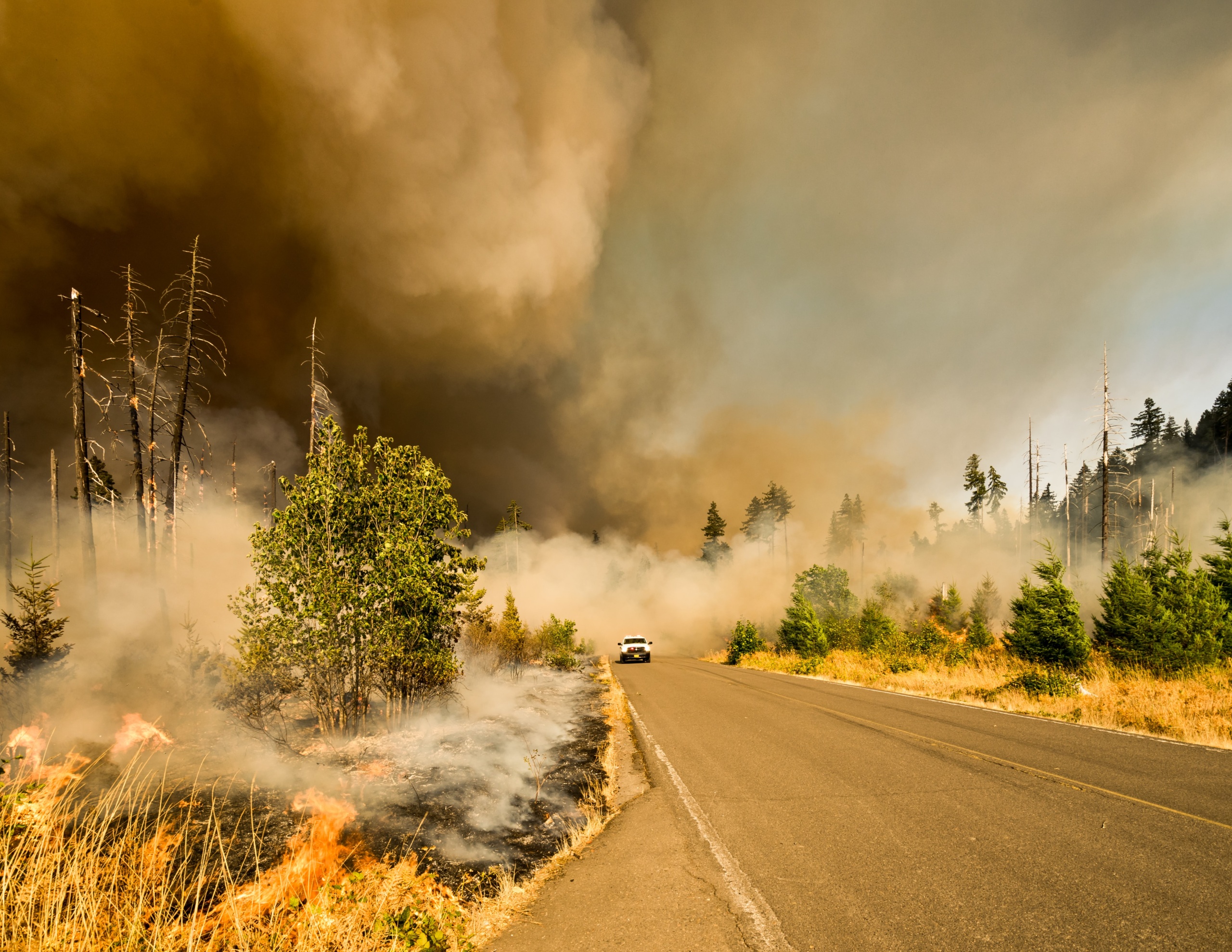
Five key takeaways from the 5th National Climate Assessment
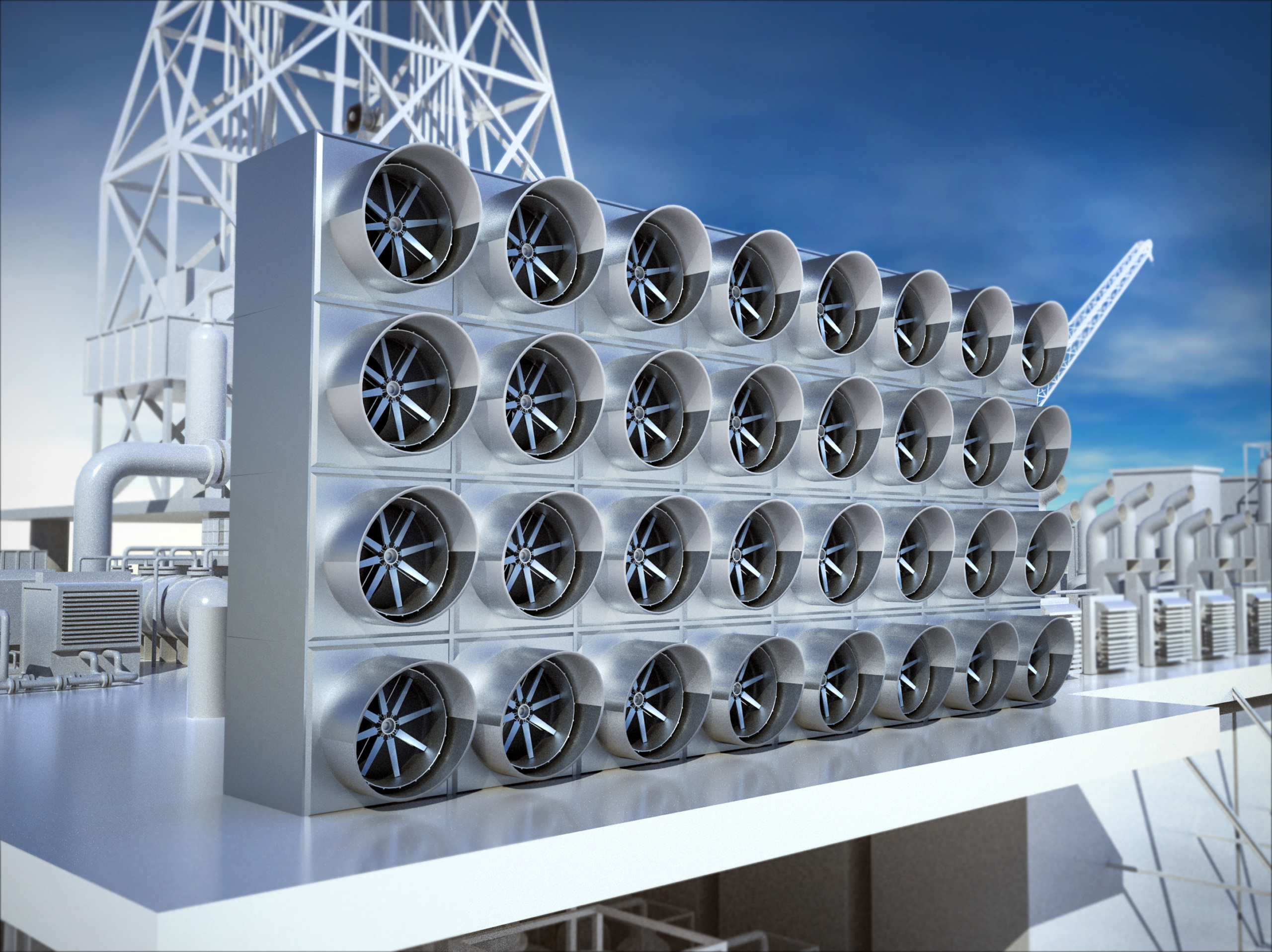
Carbon dioxide removal: The right thing at the wrong time?
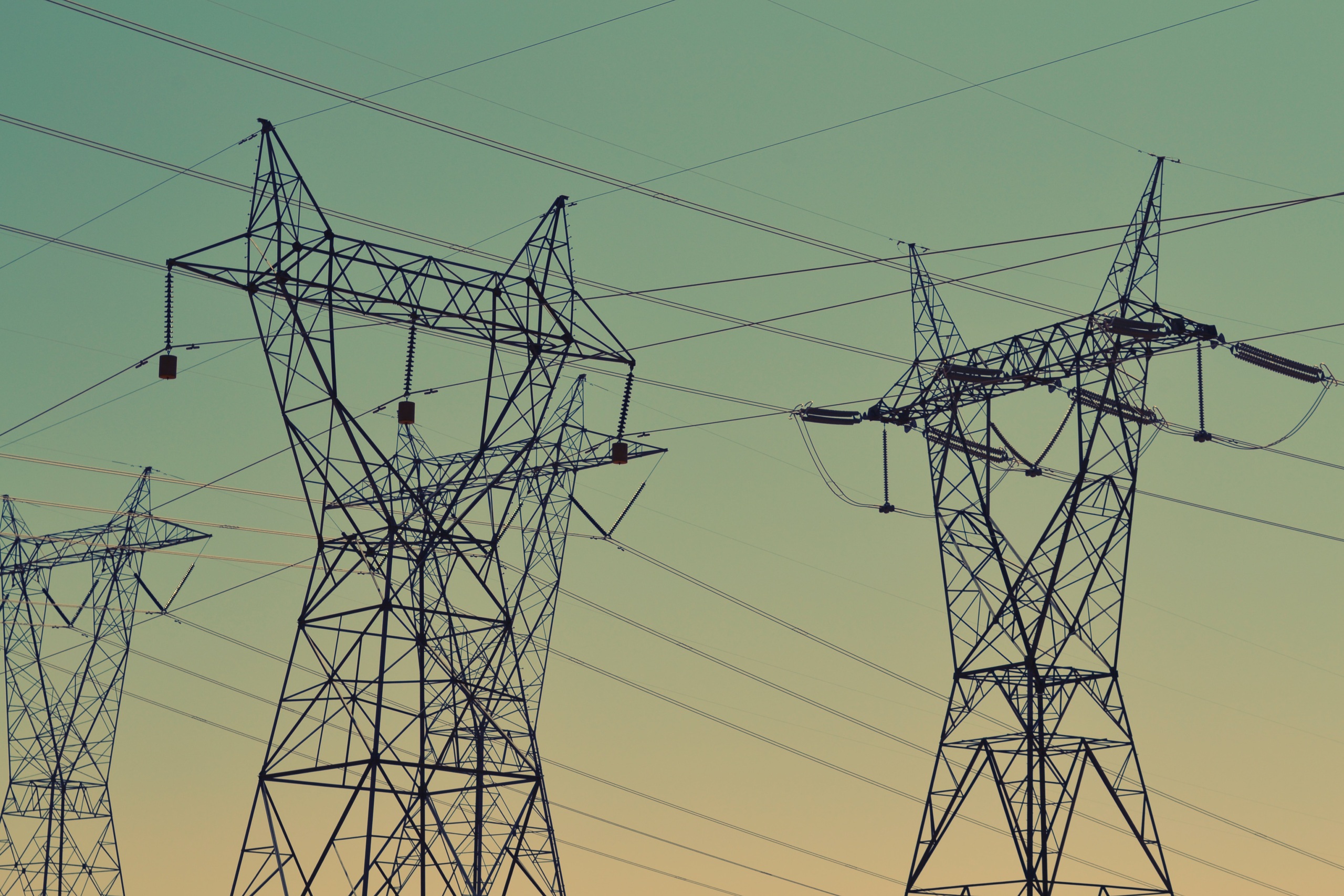
Fact file: Computing is using more energy than ever.
